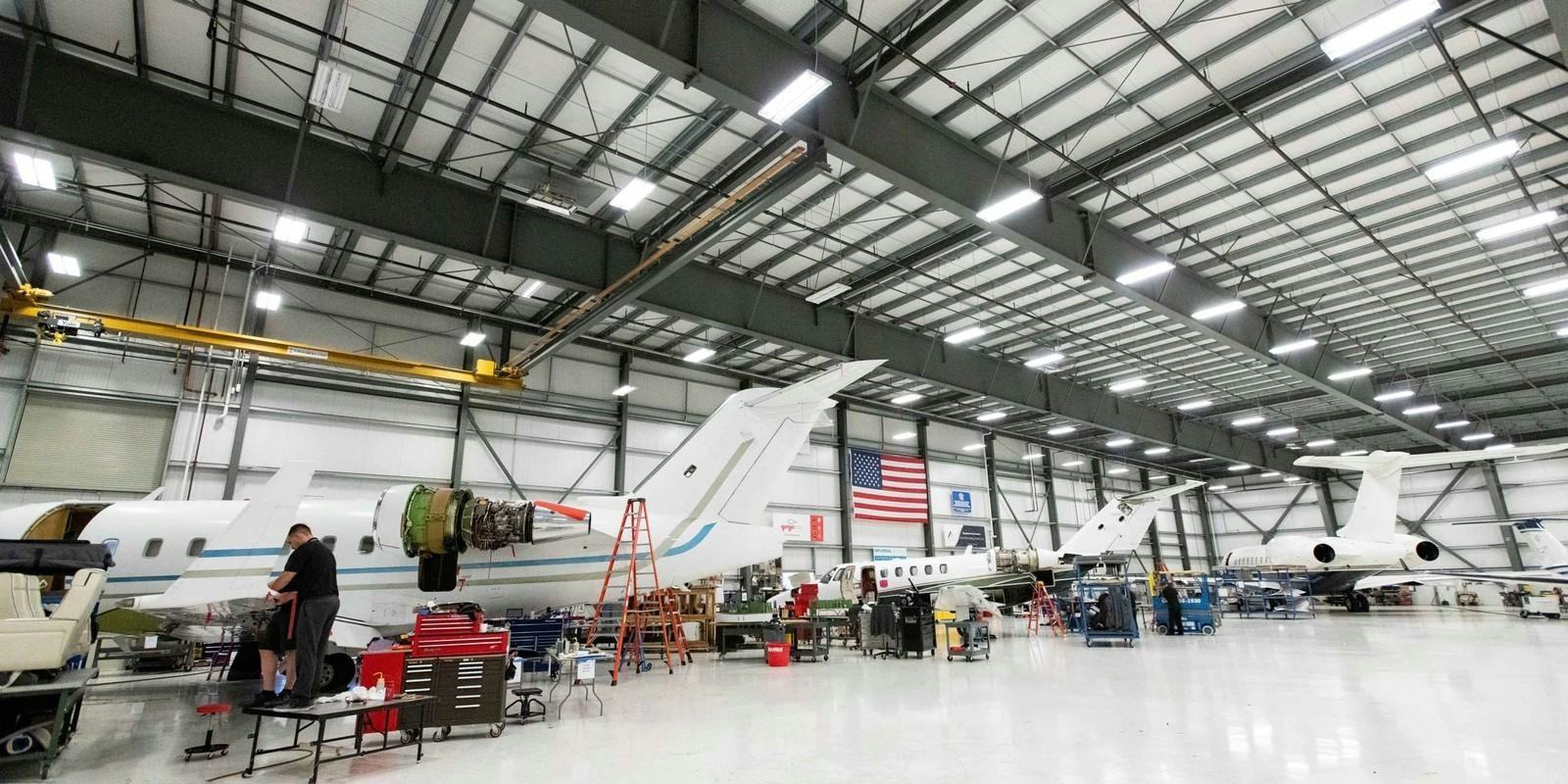
AeroGenie: il tuo copilota intelligente.
Tendenze
Categories
Delta Airlines Flight Returns to Los Angeles After Mid-Air Engine Fire
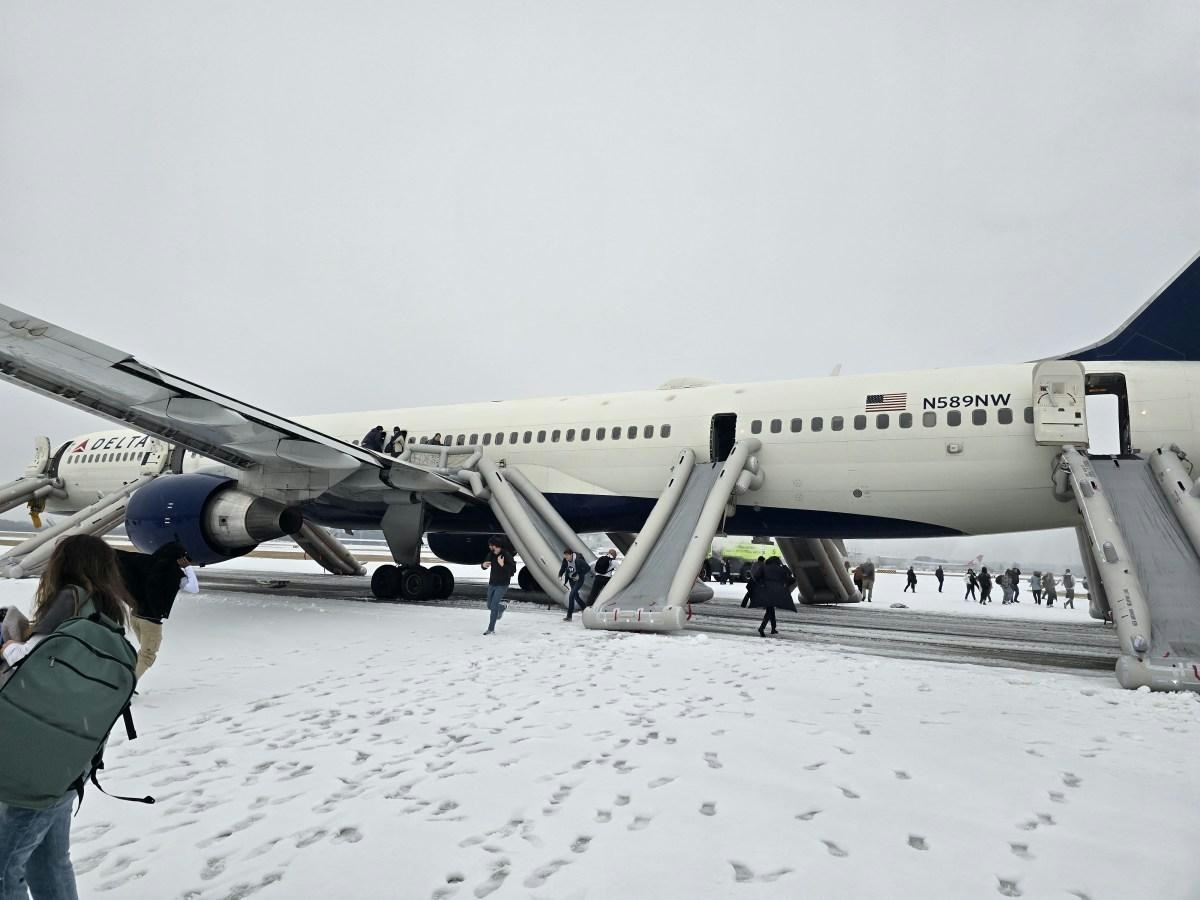
Delta Airlines Flight Returns to Los Angeles Following Mid-Air Engine Fire
A Delta Air Lines flight en route to Atlanta was compelled to make an emergency return to Los Angeles International Airport (LAX) on July 18, 2025, after its left engine caught fire shortly after takeoff. The incident involved Flight DL446, a Boeing 767-400ER registered as N836MH, and has raised important questions regarding aviation safety protocols and the airline’s crisis management.
Incident Details and Emergency Response
Flight DL446 departed LAX on schedule, destined for Hartsfield-Jackson Atlanta International Airport (ATL). Shortly after liftoff, while climbing over the Pacific Ocean, the flight crew detected abnormal readings from the left engine, a General Electric CF6. Within minutes, the pilots declared an emergency and requested an immediate return to LAX. Radar data indicated the aircraft circled over the Downey and Paramount areas as the crew executed emergency procedures.
Air traffic controllers coordinated closely with Los Angeles World Airports (LAWA) emergency teams to ensure a swift response. Fire and rescue units, including Aircraft Rescue and Fire Fighting (ARFF) teams and ground vehicles, were dispatched to the airport. The Boeing 767 landed safely, and fire crews promptly confirmed that the flames had been extinguished. None of the 200 passengers and crew sustained injuries. Throughout the ordeal, passengers remained calm, reassured by the captain’s announcements. Emergency personnel conducted thorough post-landing inspections before towing the aircraft to a maintenance area for further evaluation.
Industry Impact and Ongoing Investigations
This incident occurs amid heightened scrutiny of airline safety, following recent events such as an American Airlines flight returning to Las Vegas due to engine complications. Delta now faces the challenge of managing passenger concerns and maintaining confidence in its safety standards. Aviation authorities are expected to launch a detailed investigation into the cause of the engine fire, the findings of which could influence Delta’s reputation and competitive standing.
In the broader context, rival carriers including United Airlines and American Airlines may leverage the situation to highlight their own safety records, potentially intensifying competition within the U.S. airline industry. Delta’s effectiveness in crisis management and transparent communication with passengers and regulators will be pivotal in shaping public perception in the aftermath of the incident.
Public and Media Response
The emergency landing attracted significant public attention, amplified by live coverage from aviation enthusiasts, including streams on the “LA Flights” YouTube channel. While the absence of injuries was a relief, the event has reignited discussions about airline safety and operational reliability.
As investigations continue, Delta Airlines will be under pressure to reassure travelers and stakeholders of its commitment to safety amid increasing industry scrutiny.
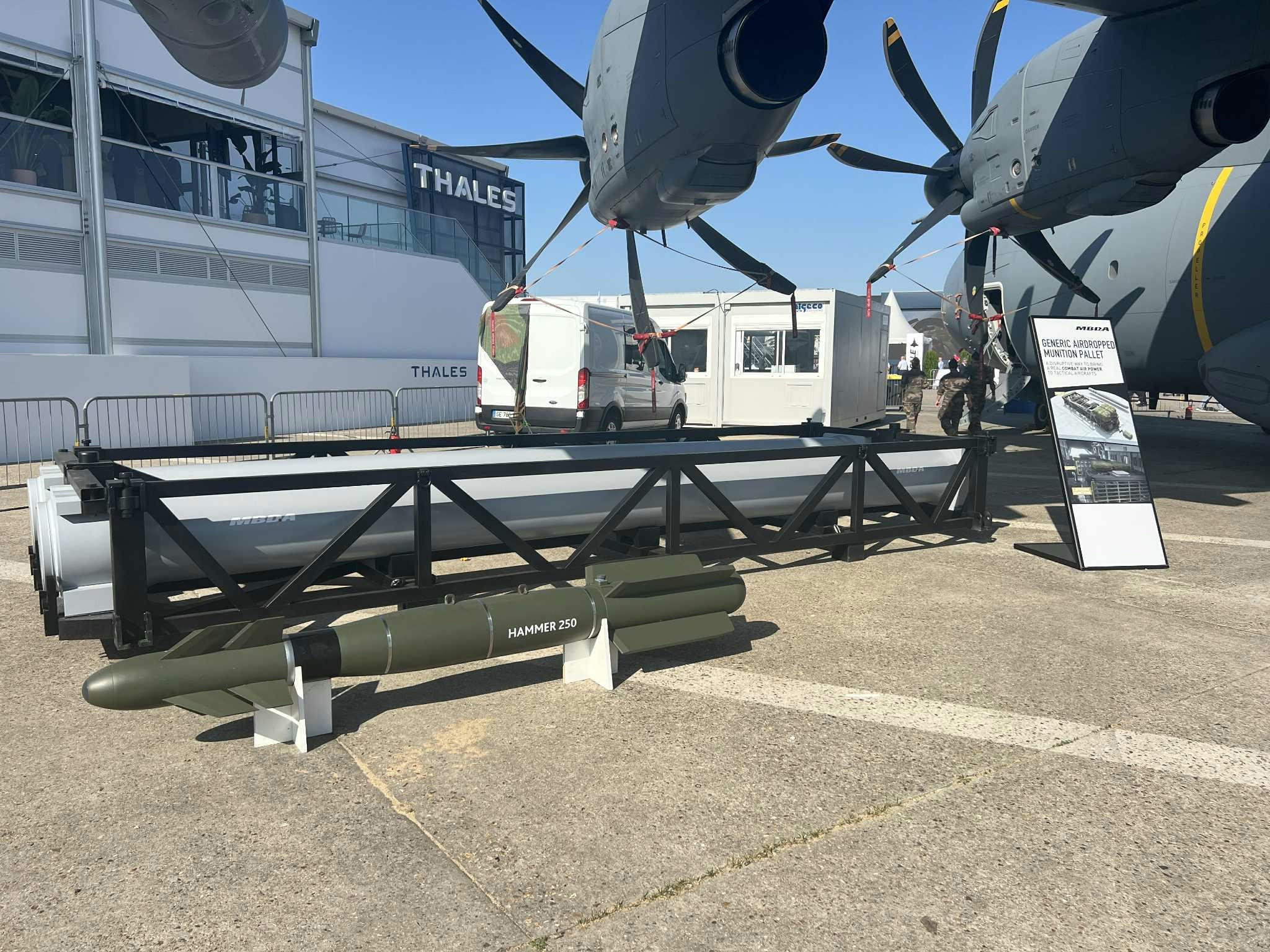
France to add 4 Airbus A400Ms as Atlas gains new missions
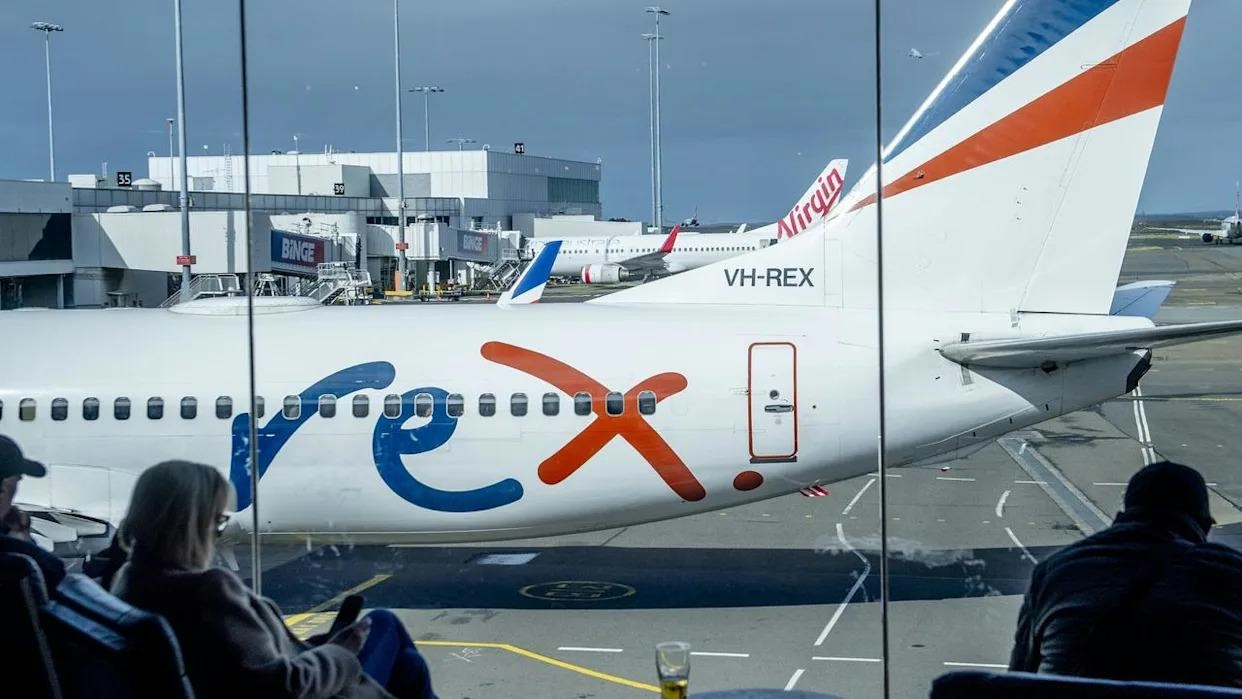
Air T to Acquire Rex
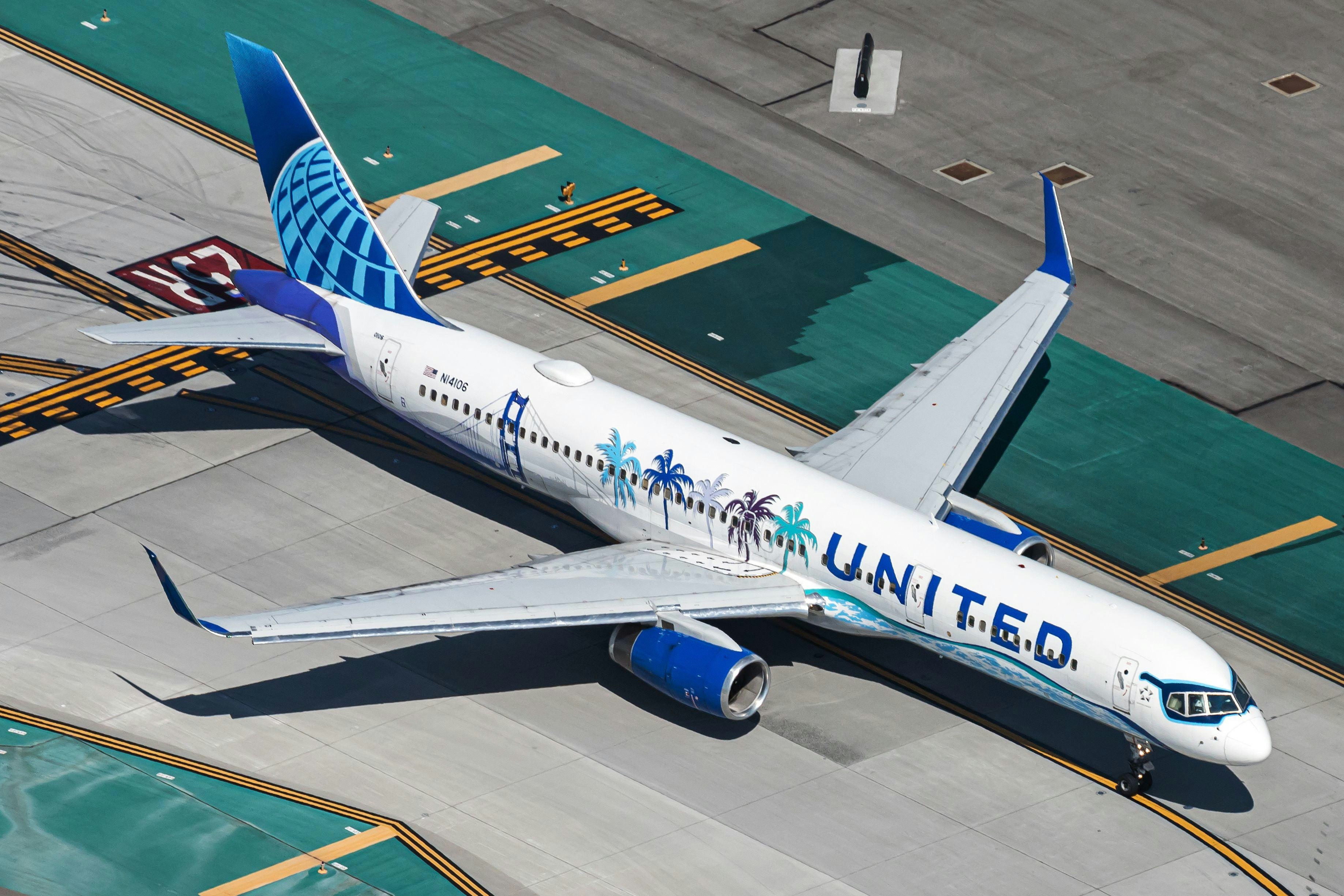
United Airlines to Replace Boeing 757 Fleet
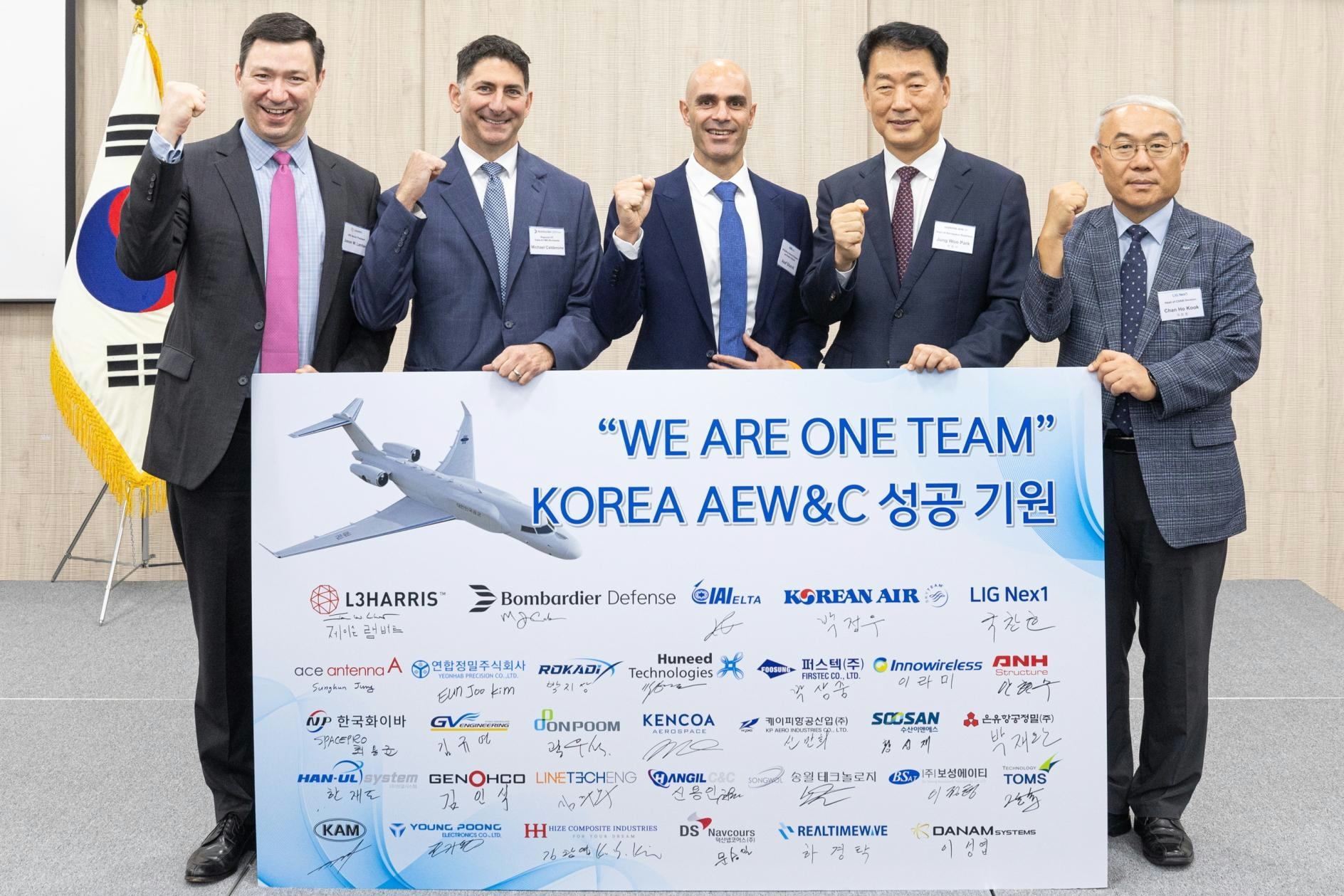
L3Harris to Supply Next-Generation Surveillance Jets to South Korea
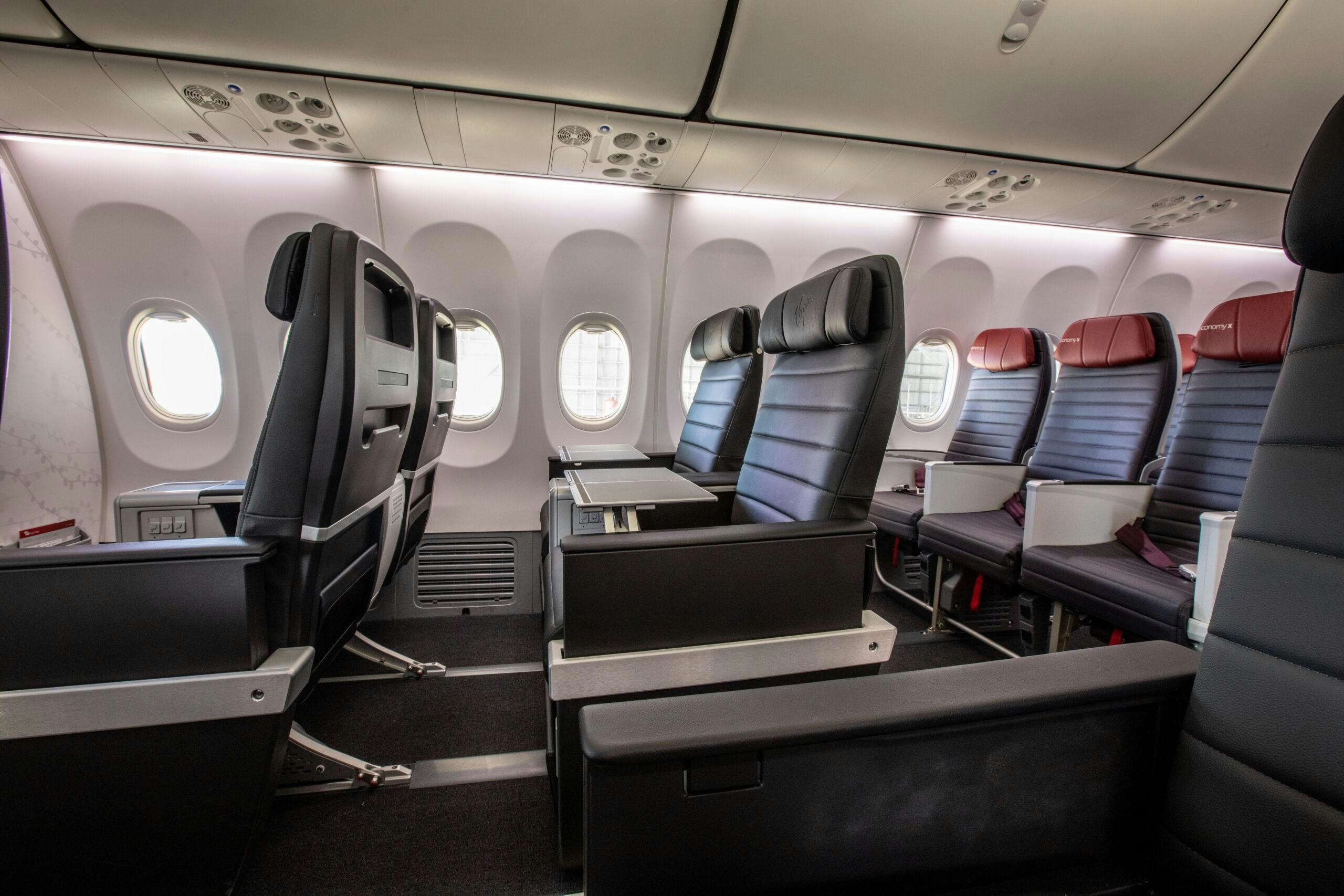
Virgin Chooses Boeing for Starlink In-Flight Connectivity Modifications
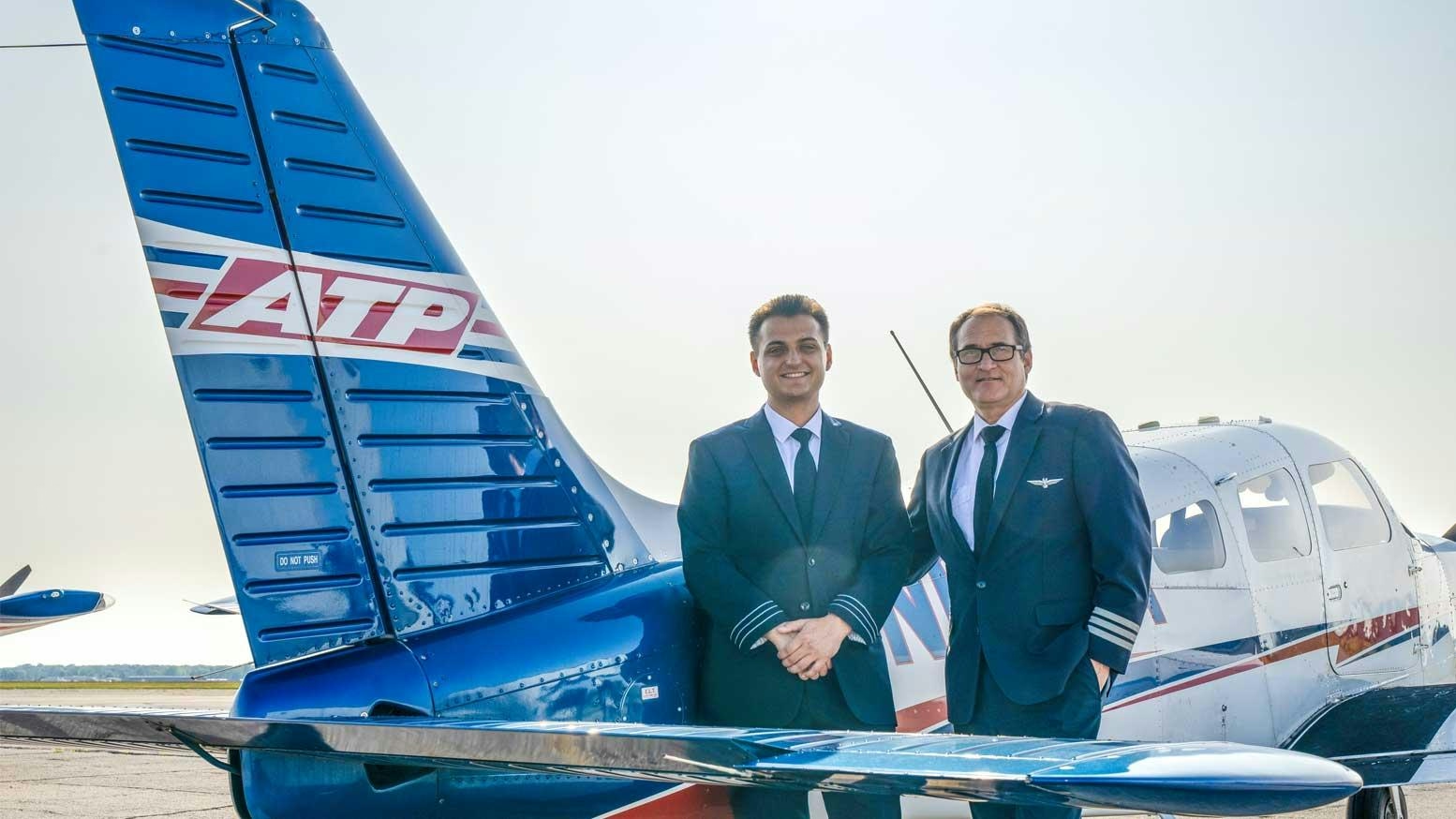
Jet Aviation Celebrates 40 Years of Aircraft Services in the US
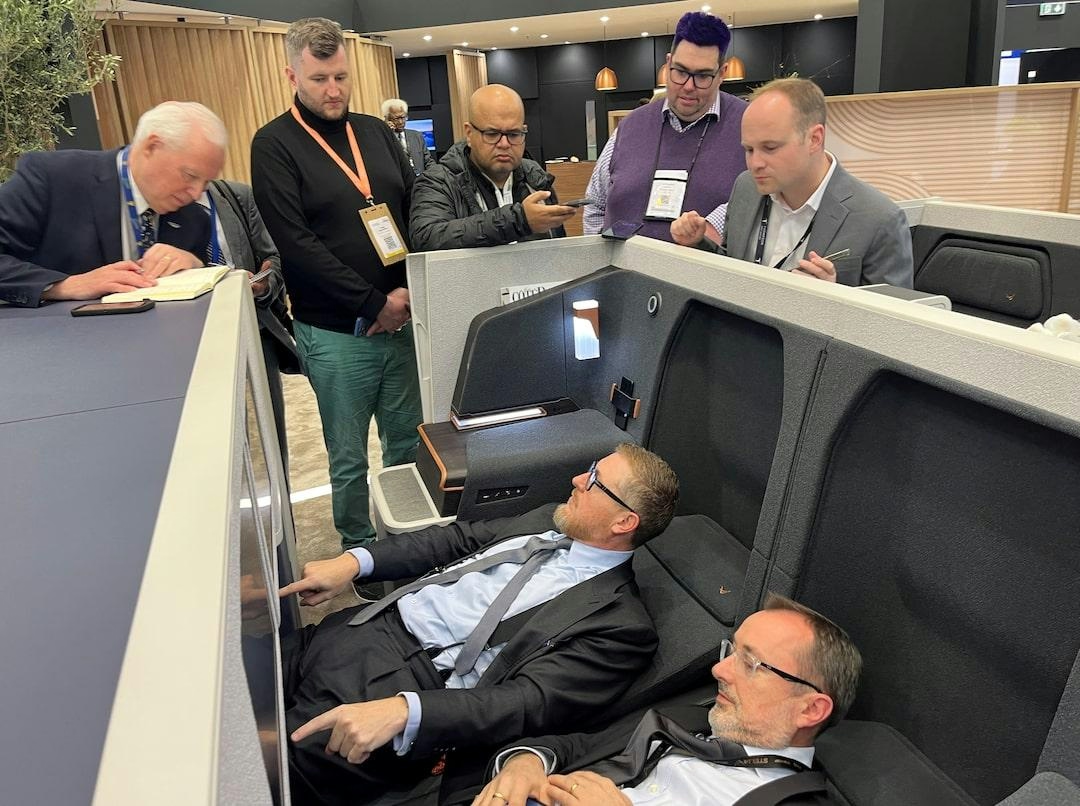
Cabin Interior Delays Continue to Affect Jet Deliveries
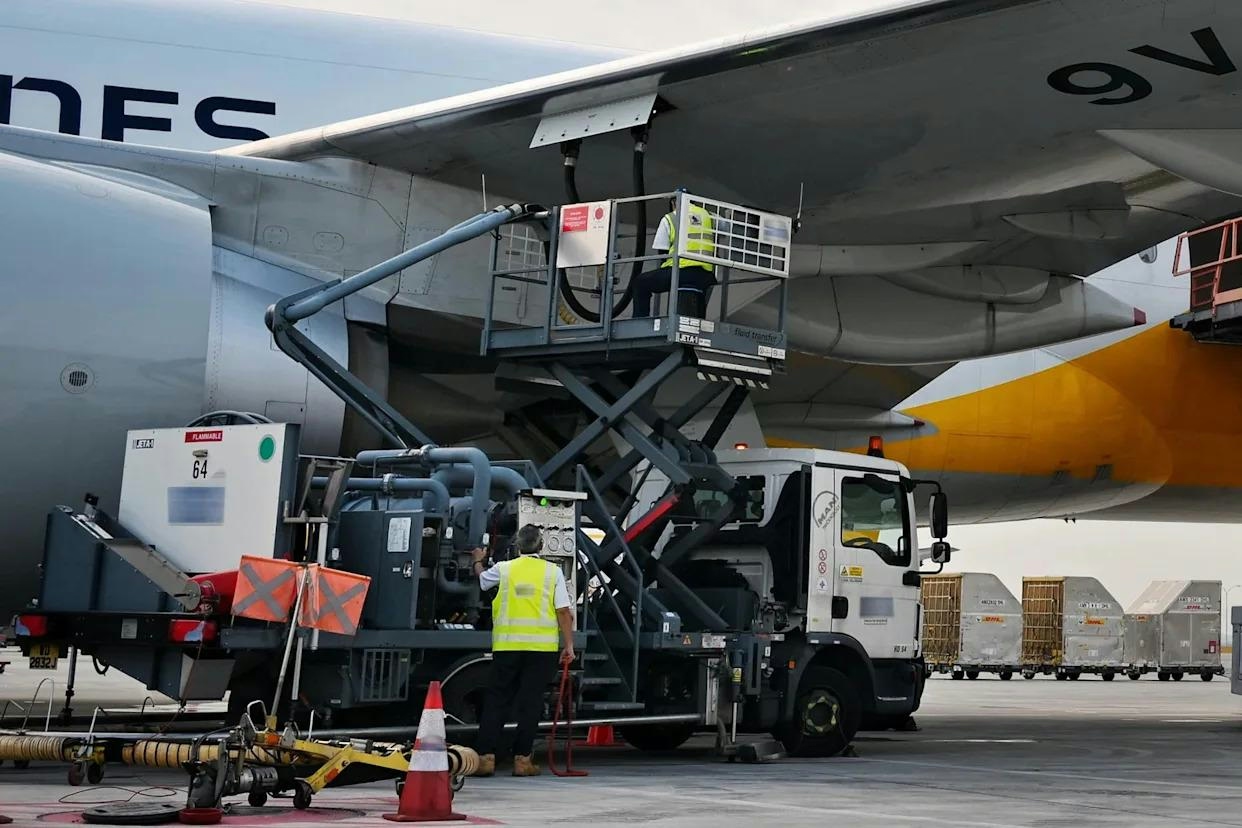
India Faces Fuel and Financing Challenges in Competing with Dubai and Singapore's Aviation Sectors
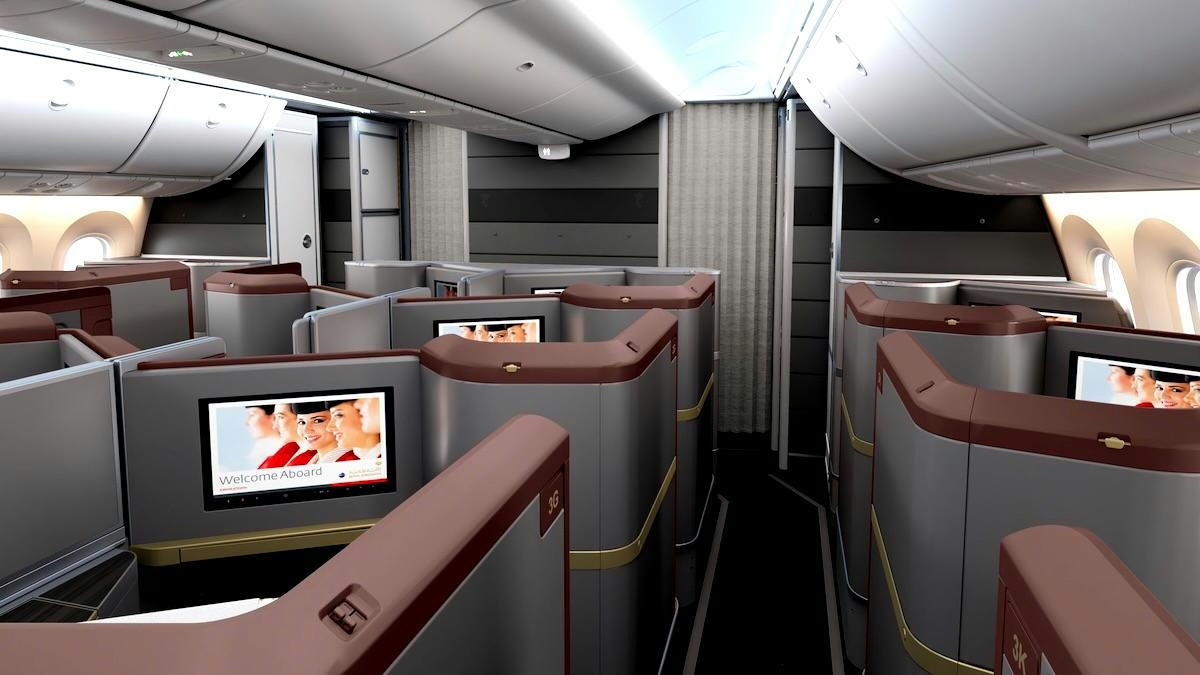
Royal Jordanian to Refurbish Boeing 787-8 Fleet
